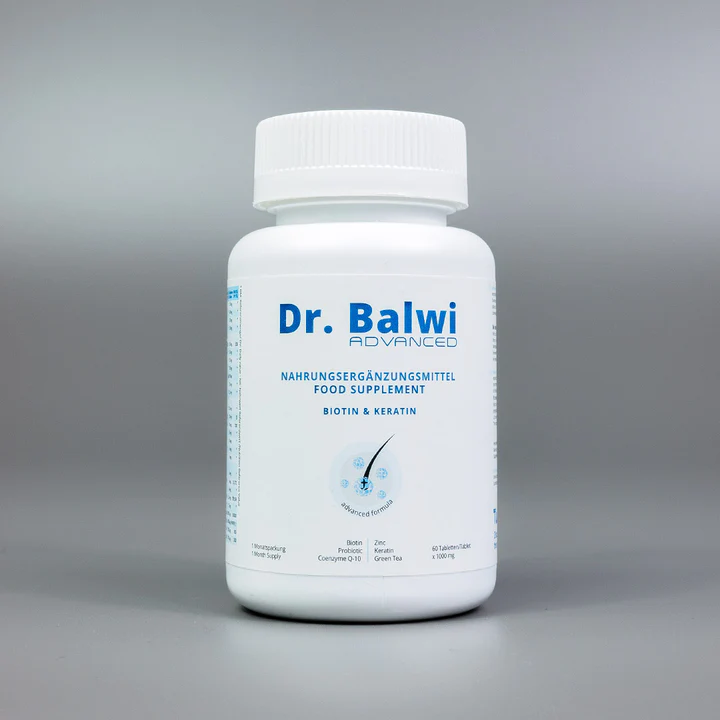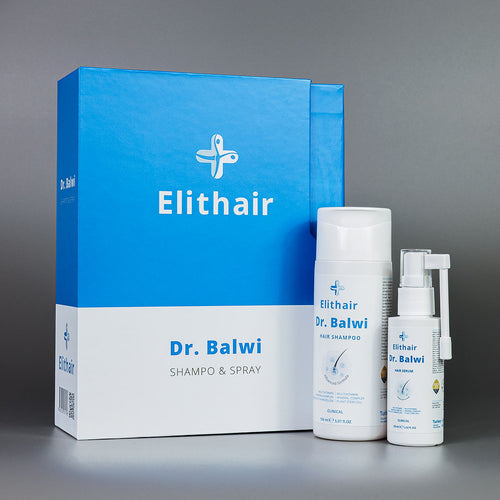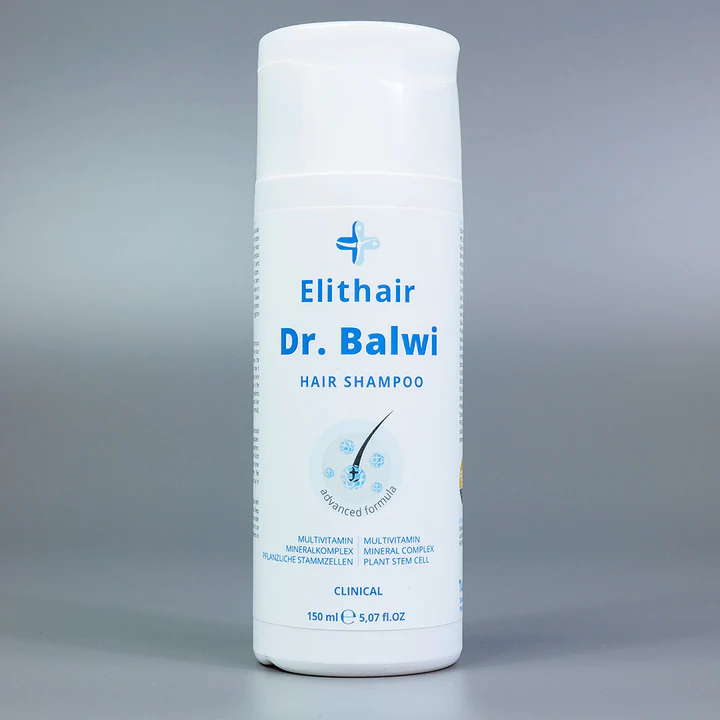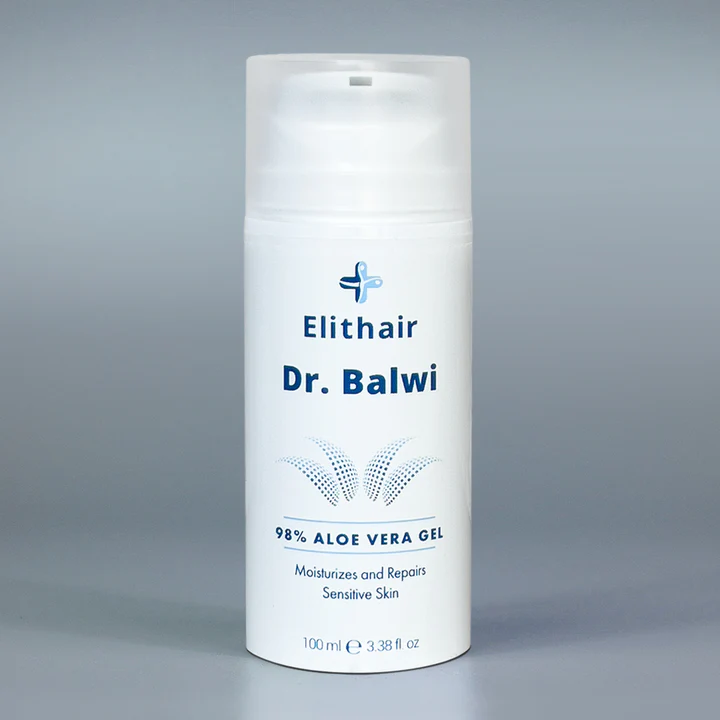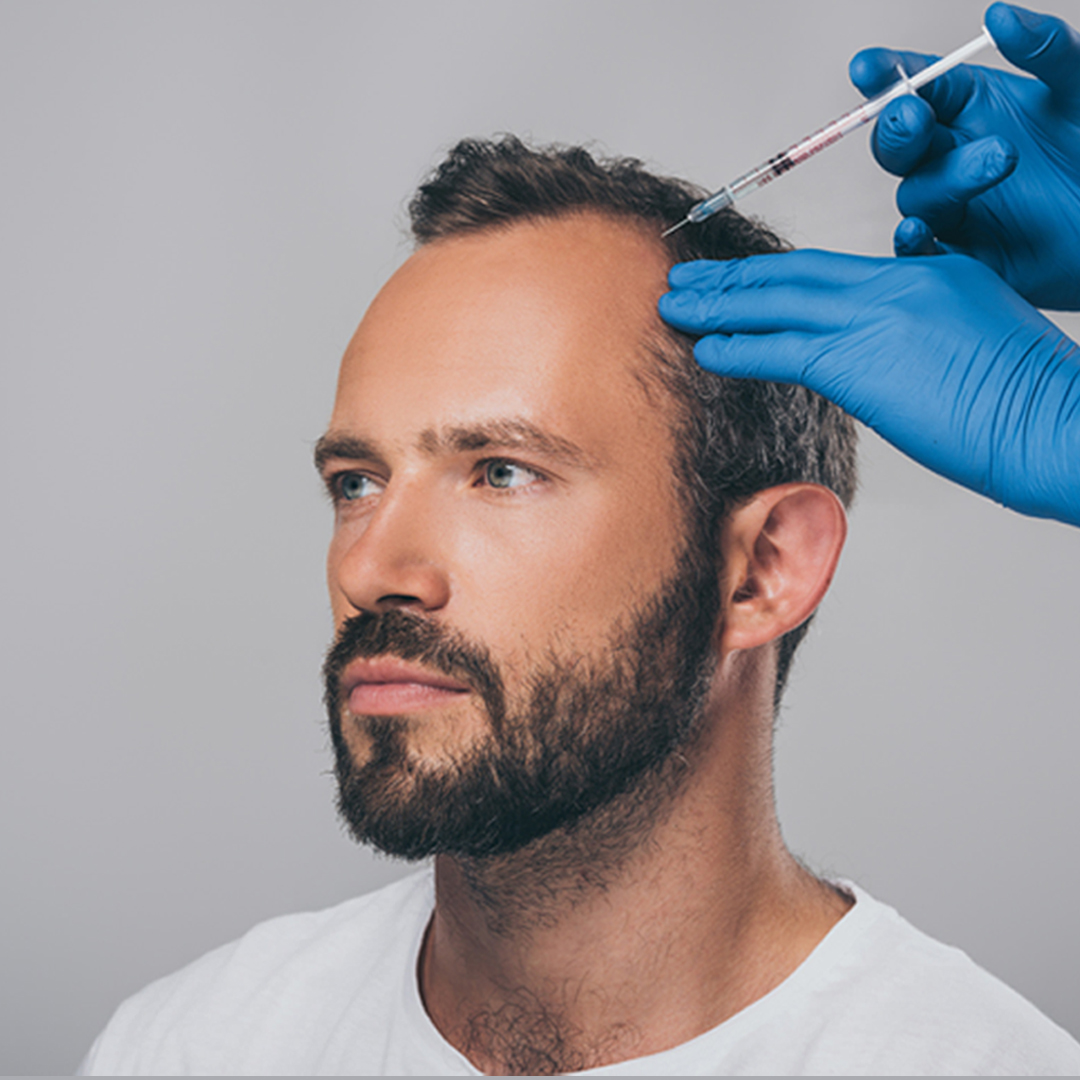
What are the Benefits of PRP Hair Treatment?
Platelet-Rich Plasma (PRP) hair treatment has become increasingly popular as a solution for hair loss in the last few years. The low risk treatment has been used to help stimulate growth on its own, but has also been seen as a powerful companion to a hair transplant. Below we will outline how the procedure is performed along with its benefits and use after hair transplantation.
Summary
- How is PRP Hair Treatment Used?
- PRP Hair Treatment After Hair Transplantation
- How Does PRP Hair Treatment Stimulate Growth?
- Conclusion
How is PRP Hair Treatment Used?
Steps to PRP hair treatment
PRP hair treatment is a simple 3-step procedure whereby the patient’s own blood forms the basis of the treatment. First, the blood is drawn and placed in a centrifuge. This is a machine which will rapidly spin the blood sample in order to separate it into fluids of varying density.
Once the machine has spun the sample for about 10 minutes, you will be left with three layers. These are the red blood cells, platelet-poor plasma and platelet-rich plasma. This last fluid is the most valuable and needs to be separated, since the regenerative platelets are as much as five times more concentrated in PRP than in regular blood.
This platelet-rich plasma is extracted with a syringe and is then injected into the scalp in order to help promote hair growth in balding areas. PRP treatment is suitable for most people, apart from those who have a chronic disease such as liver or skin, or if you are on certain medications such as blood thinners.
Use before a hair transplant
As part of new innovative techniques in hair transplantation, the platelet-rich plasma can be incorporated into the surgical process itself. After your grafts have been extracted from your donor area, they are vulnerable outside the body once they have been removed from their nutrient source.
Therefore, they need to be stored in a nutrient rich solution to keep them healthy and maintain the strength of the follicles before they are placed into the recipient area. This nutrient rich liquid can also include PRP in order to increase the viability of the hair follicles and improve the recovery following the procedure.
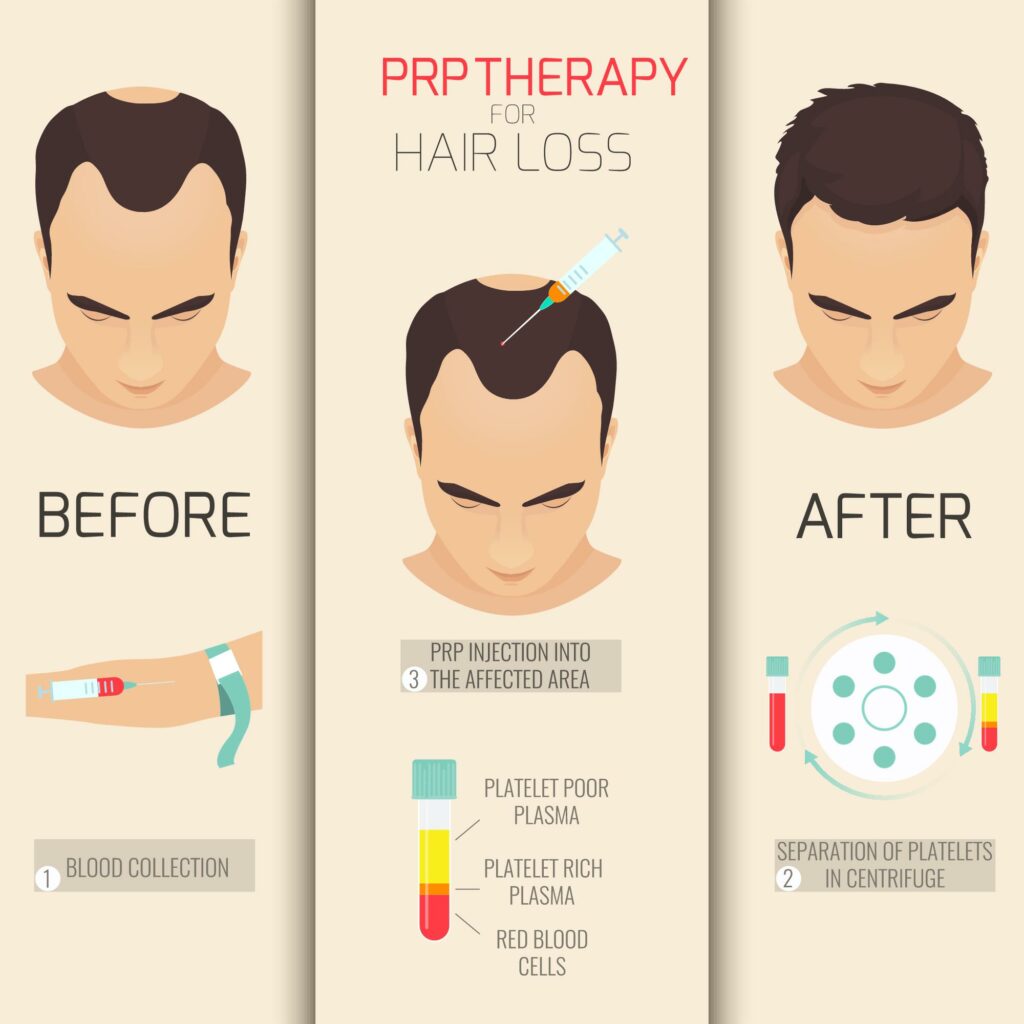
PRP Hair Treatment after Hair Transplantation
When can it be performed?
One of the most effective treatments following your hair transplant in order to improve the recovery and growth of your new follicles is PRP injections. We would often recommend that you go for at least 6 PRP sessions following your procedure in order to strengthen your new hair roots.
You will be able to receive your first session between the 4th and 5th weeks following your surgery. Then it is advised to keep up the treatments in gaps of 4 to 5 weeks. At least 3 sessions are required in order to see any results, but keeping up this treatment throughout the first 6 months after your procedure provides the best results.
What are the benefits of PRP hair treatment after transplantation?
Along with fortifying your new hair roots, there are many positive effects of PRP for hair loss following your surgery. While your hairs are in a vulnerable state, the infusion of this hair loss treatment can result in increased hair growth.
This can be important during the initial shock loss phase as your body adjusts to the surgery and implantation of new hair follicles a few months after your procedure. The hair regrowth rates can also be observed to increase, as well as preventing further hair loss in the non-transplanted areas.

How Does PRP Hair Treatment Stimulate Growth?
There are several key alpha granules as part of your platelets, which release beneficial growth hormones. These assist in the development of the matrix between your cells (transforming growth factor) and help to form blood vessels (vascular endothelial growth factor).
Along with this, skin and blood vessel growth is stimulated (platelet-derived growth factor) and specialised cell formation is encouraged (fibroblast growth factor). Your cell physiology is regulated and kept healthy (insulin-like growth factor) while cell growth and blood vessel formation is increased (epidermal growth factor).
These growth factors are able to act on stem cells found in the follicles while promoting the development of new follicles and blood vessels. As these growth factors interact, they start the growth (anagen) phase and extend it while preventing cell death.
Conclusion
PRP hair treatment can be effective for those suffering from hair loss and is useful for supplementing your hair transplant. Thanks to the growth promoting properties, using your own blood provides a low-risk and nutrient dense treatment to boost your hair growth.
Are you interested in learning more about PRP hair treatment and how we perform our hair transplants? Contact one of our hair transplant experts today to get your free and non-binding quote for hair restoration surgery. Begin your journey to full hair with Elithair.
